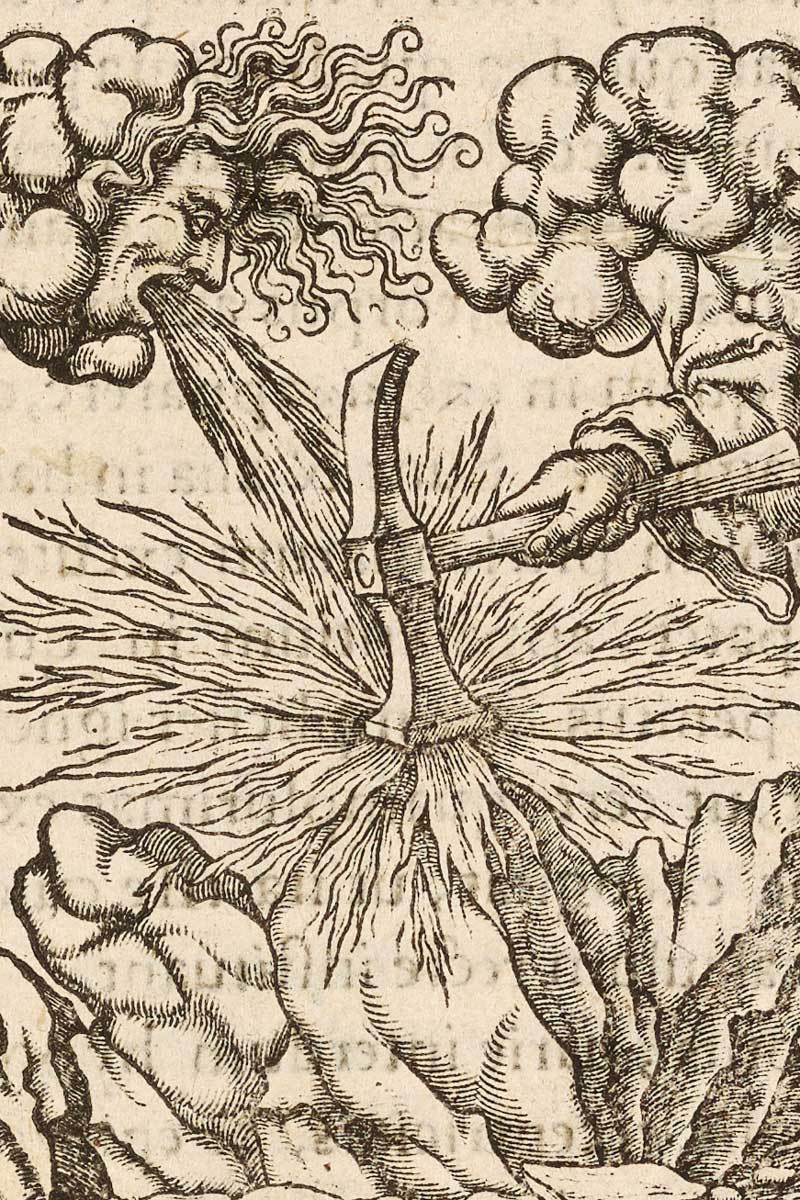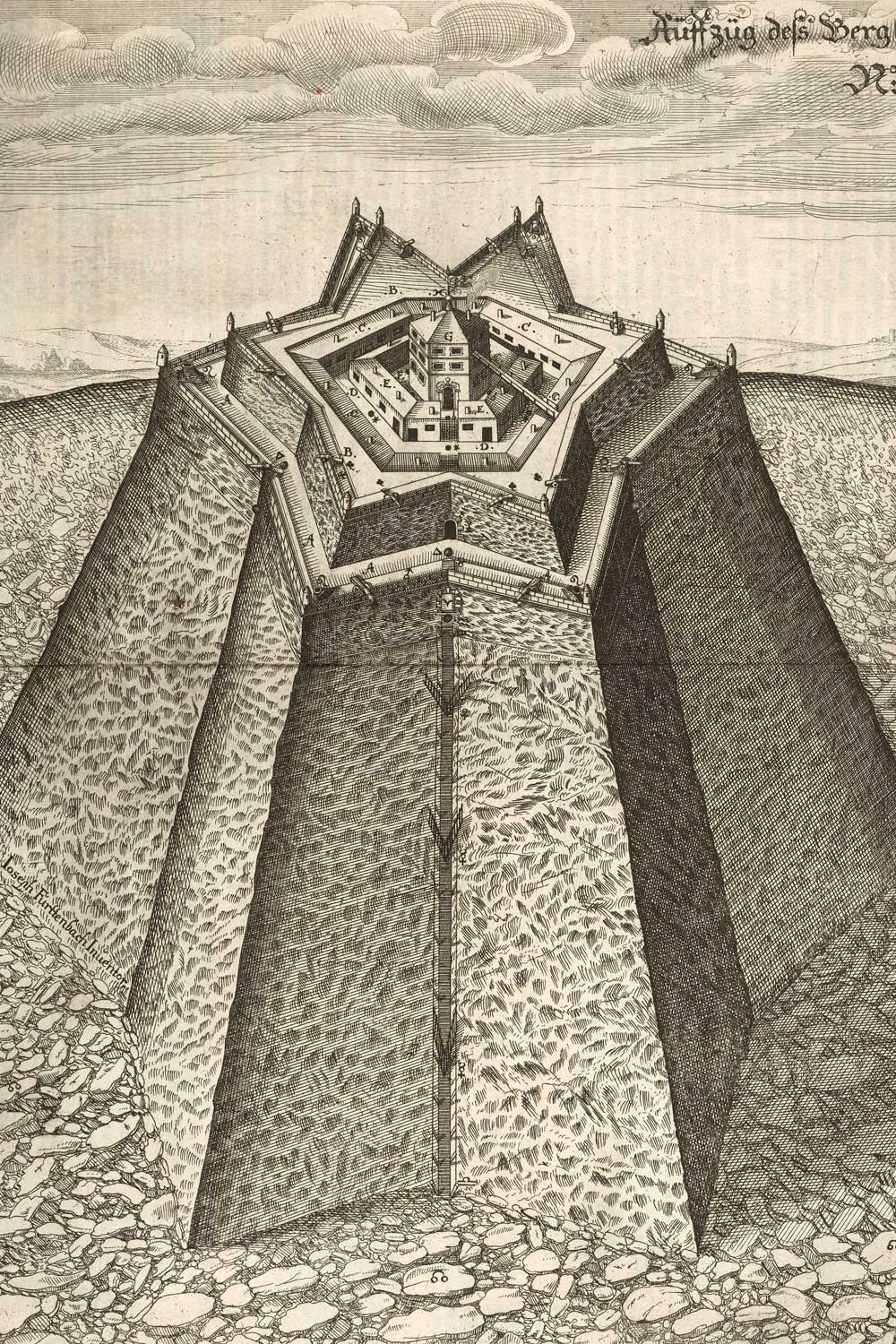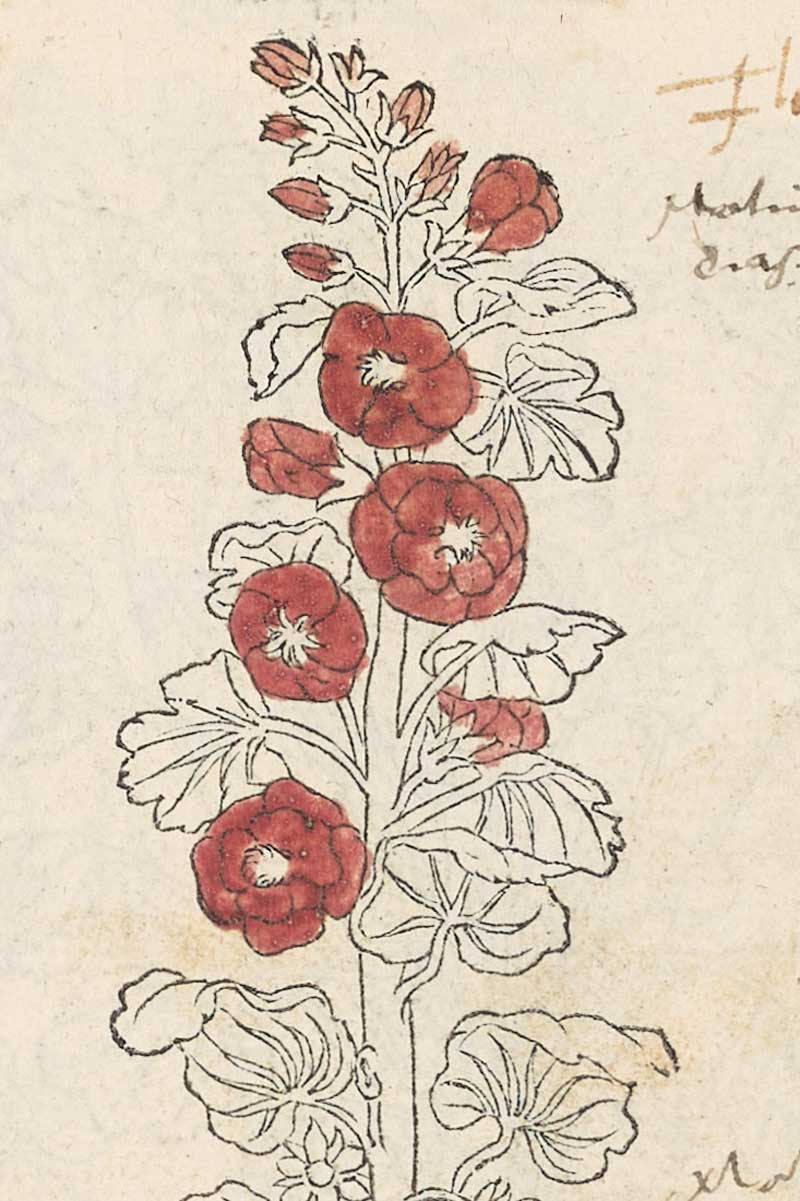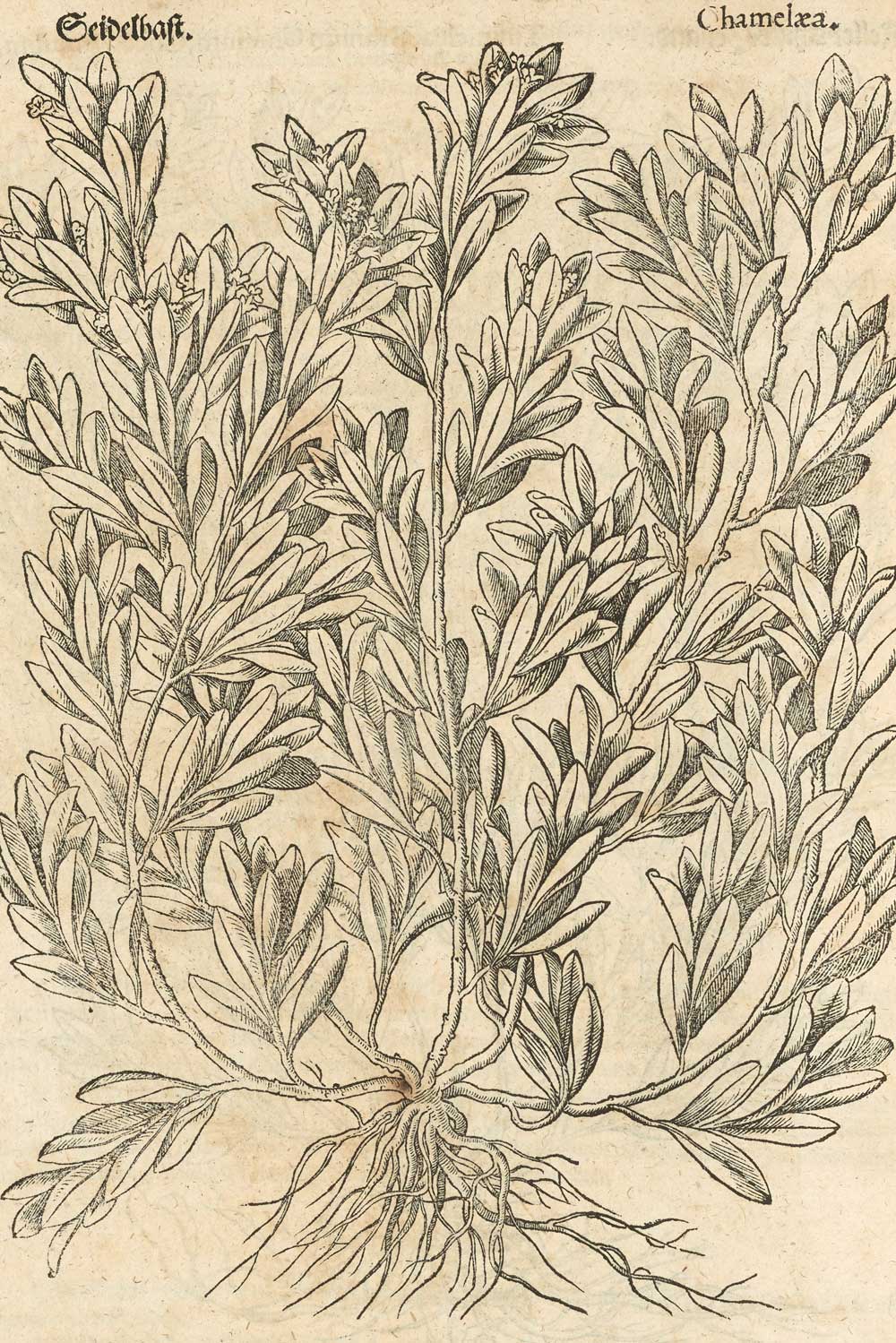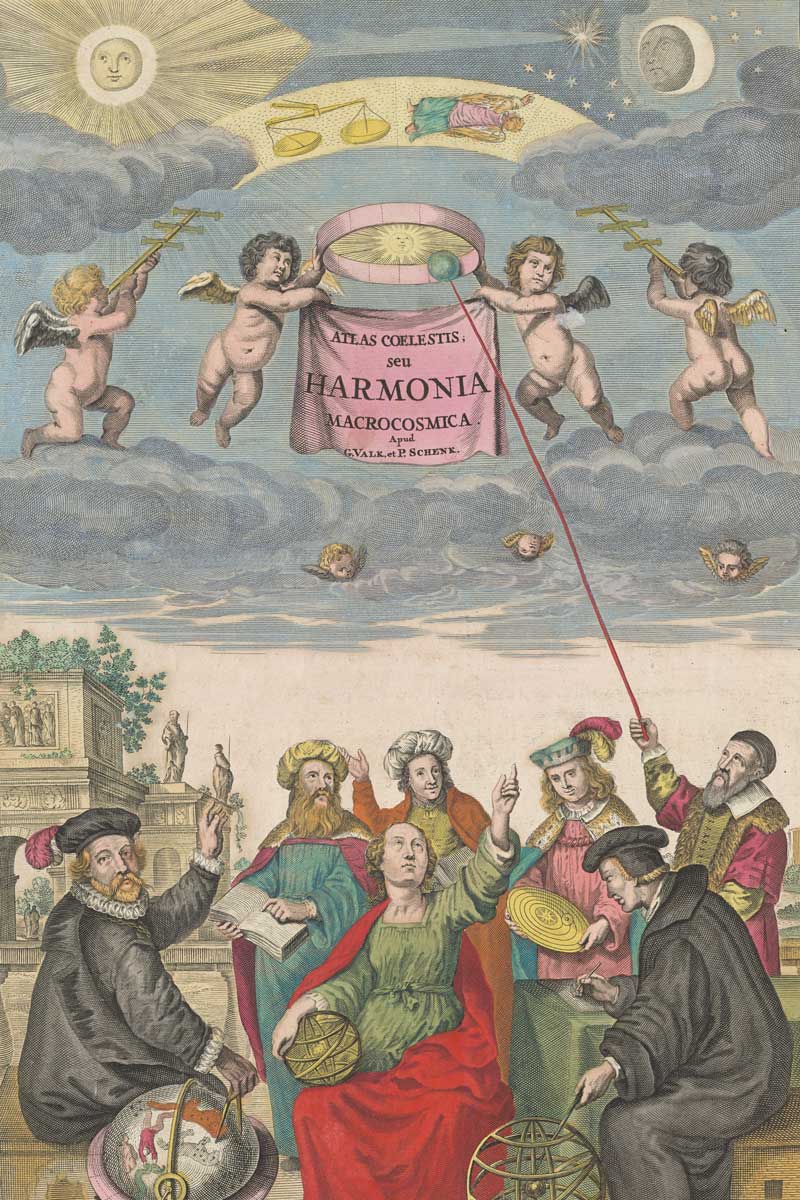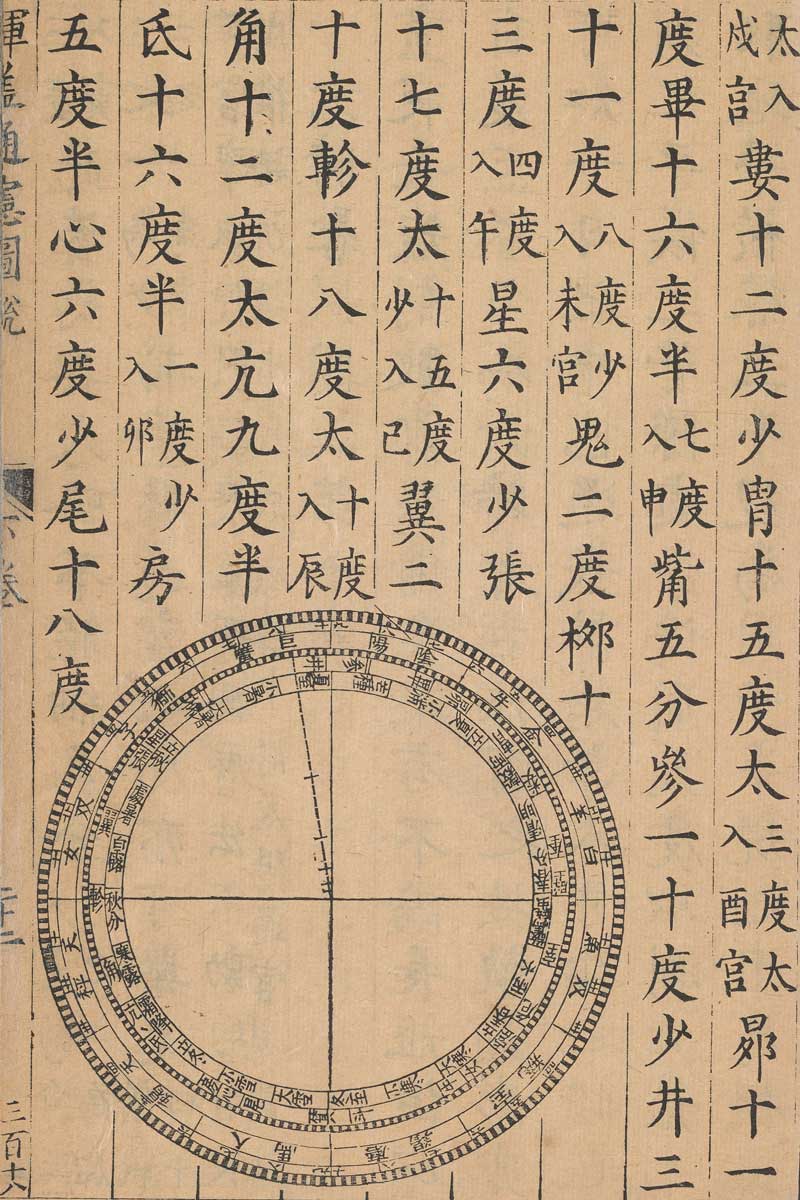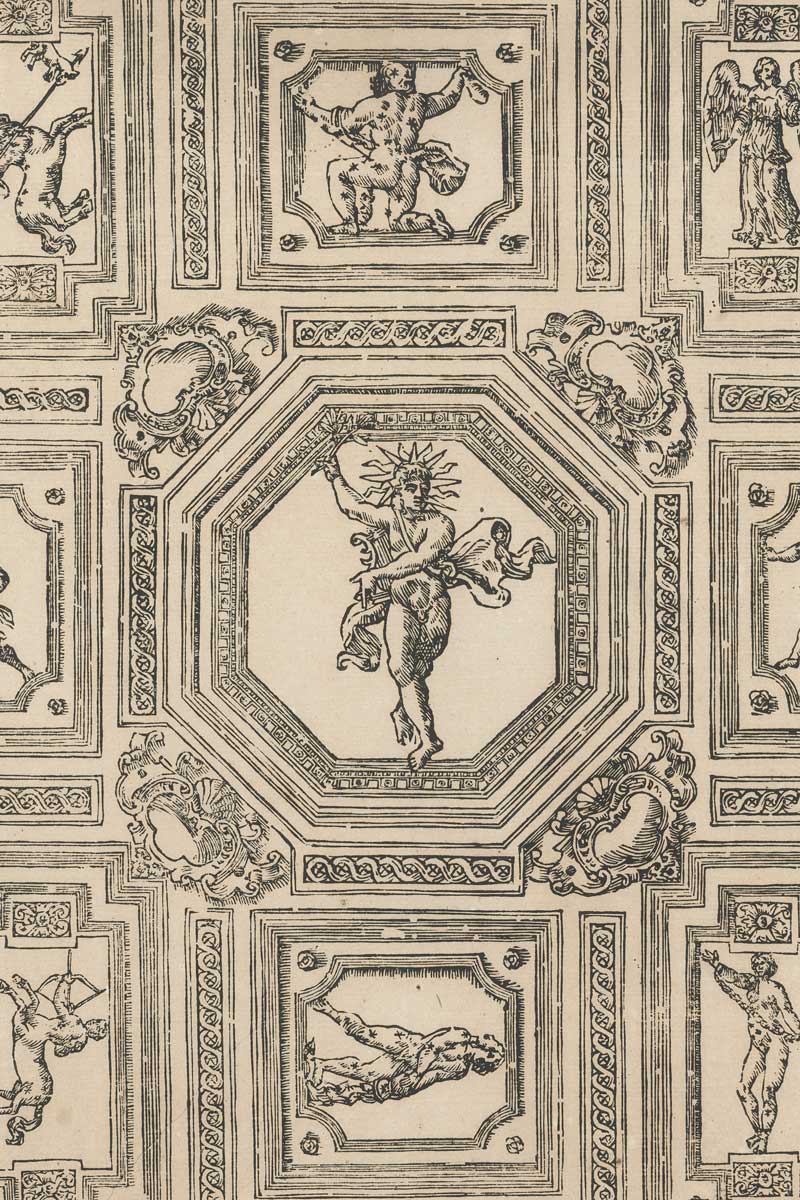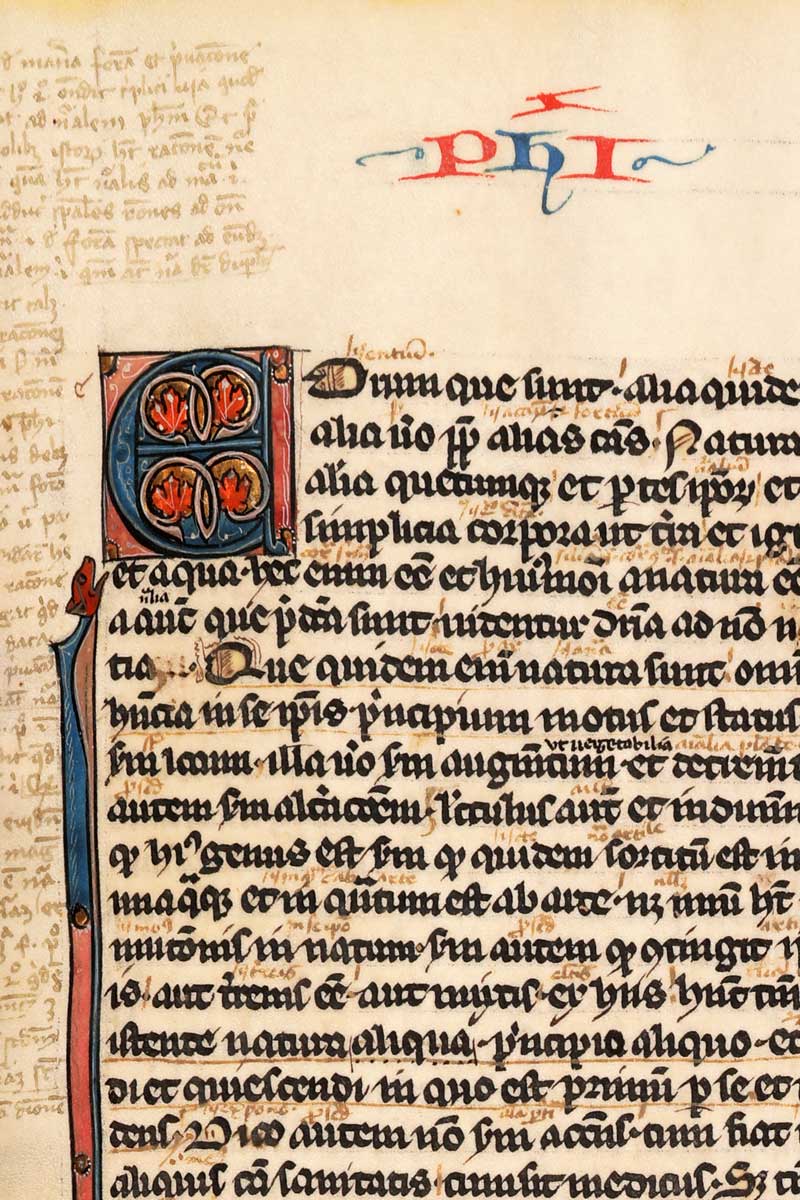History of Science, Medicine, Technology
The earliest piece in this collection is also one of the most important illustrated and densely glossed copies in the United States of the collected scientific works of Aristotle, dating from the early 13th century, which is complimented by early 14th-century manuscripts of Marcus Trevisano’s Liber de macrocosmo and Albertus Magnus’s Secreta mulierum in German translation.
The history of natural philosophy in the era of print is richly documented in Hinkes Collection, described in detail in Eureka! Rare Books from the Dr. Elliott and Eileen Hinkes Collection of Rare Books in the History of Scientific Discovery (Baltimore: Sheridan Libraries, 2011). Among the three hundred volumes in this collection are the printed works of many of the most influential thinkers in the history of western science, from Aristotle, Pliny the Elder, and Ptolemy to Tycho Brahe, Johannes Kepler, Galileo Galilei, Rene Descartes, and Isaac Newton. Nicolaus Copernicus’s monumental 1566 De revolutionibus is represented in a uniquely preserved uncut copy in unbound sheets.
The smaller Vishniac Collection of early astronomy, currently on long-term loan to the Sheridan Libraries by the Vishniac family, offers spectacular works as well, including an extremely rare edition of Peter Apian’s Cosmographia liber (1540) with multiple volvelles, at least one of which bears a lead weight to aid in making calculations, and a copy of the 1566 Copernicus with extensive manuscript expurgations prescribed by its entry in the Catholic Church’s Index of Prohibited Books. Magnificent hand-colored copies of the major illustrated cosmographical atlases are also represented in the collections, among them Andreas Cellarius’s Harmonia macrocosmica, seu Atlas universalis et novus: Totius universi create cosmographiam generalem, et novam exhibens (1708), and Johann Doppelmayr’s monumental synthesis of all the early celestial systems, his Atlas coelestis (1742).
Seminal works of technology are also admirably represented at JHU from antiquity, such as Hero of Alexandria’s illustrated study of hydraulic and pneumatic devices, Gli artifitiosi et curiosi moti spiritali di Herrone (1589). Among the early modern treasures in this area are Agostino Ramelli’s famous Le diverse et artifiose machine (1588), which includes its famous bookwheel, and Joseph Furttenbach’s imaginative omnium-gatherum of mechanical devices, tools, and fortifications, Joseph Furtenbachs dess aeltern mannhaffter kunst-spiegel (1633), which is personally signed and sealed by the author for presentation to the public library of his birthplace.
JHU is home to one of the great history of medicine and materia medica in North America, mostly held in the library of the Institute for the History of Medicine, which is administered separately from the Sheridan Libraries by the Johns Hopkins Medical Institutions (JHMI). Though the entire history of early modern medicine is represented in the Institute’s collection across hundreds of early imprints, among its high points is a 14th-century manuscript of Constantinus Africanus’ Latin translation of the Viaticum of Ibn al-Jazzār; a fine incunabulum of Jean Gerson’s much reprinted guide to human sexuality and nocturnal emissions, De pollutione nocturna (1480); and two copies of Johannes de Ketham’s seminal Fasciculus medicinae (1500). The extremely rare German-language epitome of Andrea’s Vesalius’s anatomical De humani corporis fabrica (1543) is nicely complimented by several copies of the original, full folio version, one of which is preserved in a very handsome contemporary monastic binding.
The Sheridan Libraries also hold important early materia medica imprints, including a first edition of Andrea Mattioli’s landmark herbal in the first edition, New kreuterbuch (1563); at least one opening in the volume includes an actual pressed flower of the species it describes. The collection also includes one of the original Mattioli woodblocks—the “chameleon plant”—one of 900 executed to illustrate this book by the engravers Giorio Liberale and Wolfgang Meyerpeck at the imperial court at Prague. A number of other important allied works include a copy of Girolamo Porro’s L’horto de i semplici di Padova (Venice, 1591)—a workbook publication designed to aid students in recording first-hand observations from specimens grown in the famous botanical garden at the University of Padua. JHU is home to one of only two complete sets of the original printed architectural and decorative plans for the celebrated anatomy theater at the University of Bologna, executed by Antonio Levanti and Matteo Borboni in ca. 1668, as was several of the earliest recorded bloodletting manuals: one a uniquely preserved 1490 Basel medico-astrological broadside on the administration of medicaments, the other pocket-sized printed ca. 1562 “schreib calendar” bearing information on auspicious days for bloodletting, much of it heavily annotated in a manuscript by an early user.
—Earle Havens, Daniel T. McClurkin
Bibliography
Earle Havens (ed.), The Dr. Elliot and Eileen Hinkes Collection of Books in the History of Scientific Discovery at Johns Hopkins University (Baltimore: Sheridan Libraries, 2011).



